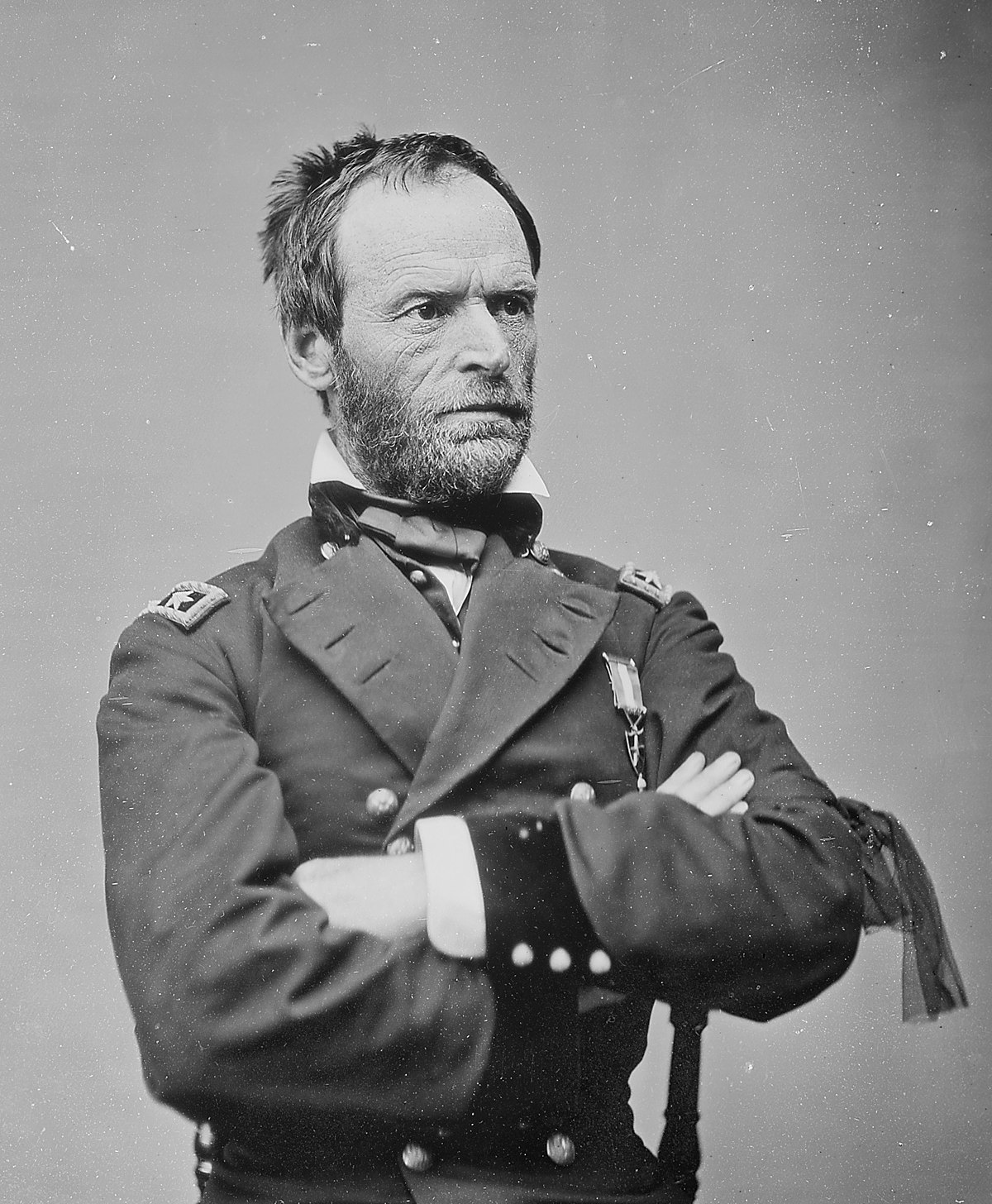Idea and PoD:
In late July, 1864, Confederate Captain Henry Behan sent a proposal for a concentrated campaign effort in the Trans-Mississippi-Theatre directly to President Jefferson Davis. The proposal became known as the 'Behan Letter' and was never implemented. It was grandiose and ambitious as well as certainly short sighted and not feasible. Nevertheless it was one of the few mind games which aimed at coordinating the military efforts west of the Mississippi with the grander war in the western and eastern theatres of the civil war.
What if Behan had forwarded his proposal a few months earlier and the Confederates were willing to implement at least parts of it? This is going to be explored in the following TL.
Behan's original letter:
Hdqrs. Department of Ala., Miss., and East La.,
Meridian, Miss., July 23, 1864.
His Excellency Jefferson Dayis,
Richmond, Va.:
Sir: I take the liberty of communicating with yon on a subject which probably I have no right to, but prompted by my desire for our speedy success and independence I am not reluctant in so doing. While the enemy have almost entirely withdrawn from the Trans-Mississippi Department, being compelled to do so by the many reverses they have met with in Texas, Louisiana, and Arkansas, I would respectfully suggest that the armies of Generals Magruder, Taylor, and Price be massed under the command of General E. Kirby Smith (only leaving commands at such points as are exposed to immediate attacks from the Gulf), and with this army go through Arkansas and Missouri, capturing Franklin and Saint Louis, at which point they can cross the Mississippi River into Kentucky, go along the Ohio River, subsisting on the rich country they will pass through, take Louisville, Ky., thence down to Nashville, destroying the vast amount of commissary and quartermaster stores at that place. From thence they can move on Chattanooga, cutting off all of Sherman’s supplies, and necessarily, with General Hood in front and this army in rear, we will be able to capture the whole of the Yankee army under Sherman. This may seem a wild plan, and if Your Excellency considers it too arduous for infantry, the command can be mounted very readily in the three States named, Texas, Arkansas, and Missouri, and recruited in Kentucky and Tennessee. Hoping that this will meet with some consideration,
I am, very respectfully, Your Excellency’s obedient servant,
J. HENRY BEHAN,
Captain and Assistant Commissary of Subsistence.
In late July, 1864, Confederate Captain Henry Behan sent a proposal for a concentrated campaign effort in the Trans-Mississippi-Theatre directly to President Jefferson Davis. The proposal became known as the 'Behan Letter' and was never implemented. It was grandiose and ambitious as well as certainly short sighted and not feasible. Nevertheless it was one of the few mind games which aimed at coordinating the military efforts west of the Mississippi with the grander war in the western and eastern theatres of the civil war.
What if Behan had forwarded his proposal a few months earlier and the Confederates were willing to implement at least parts of it? This is going to be explored in the following TL.
Behan's original letter:
Hdqrs. Department of Ala., Miss., and East La.,
Meridian, Miss., July 23, 1864.
His Excellency Jefferson Dayis,
Richmond, Va.:
Sir: I take the liberty of communicating with yon on a subject which probably I have no right to, but prompted by my desire for our speedy success and independence I am not reluctant in so doing. While the enemy have almost entirely withdrawn from the Trans-Mississippi Department, being compelled to do so by the many reverses they have met with in Texas, Louisiana, and Arkansas, I would respectfully suggest that the armies of Generals Magruder, Taylor, and Price be massed under the command of General E. Kirby Smith (only leaving commands at such points as are exposed to immediate attacks from the Gulf), and with this army go through Arkansas and Missouri, capturing Franklin and Saint Louis, at which point they can cross the Mississippi River into Kentucky, go along the Ohio River, subsisting on the rich country they will pass through, take Louisville, Ky., thence down to Nashville, destroying the vast amount of commissary and quartermaster stores at that place. From thence they can move on Chattanooga, cutting off all of Sherman’s supplies, and necessarily, with General Hood in front and this army in rear, we will be able to capture the whole of the Yankee army under Sherman. This may seem a wild plan, and if Your Excellency considers it too arduous for infantry, the command can be mounted very readily in the three States named, Texas, Arkansas, and Missouri, and recruited in Kentucky and Tennessee. Hoping that this will meet with some consideration,
I am, very respectfully, Your Excellency’s obedient servant,
J. HENRY BEHAN,
Captain and Assistant Commissary of Subsistence.
Last edited:











